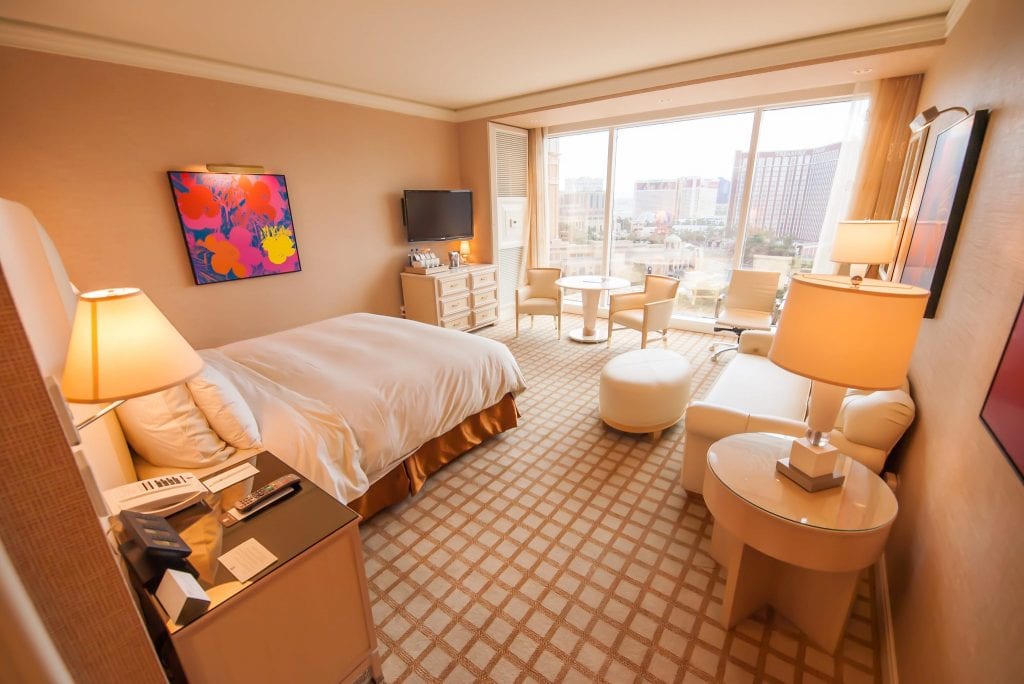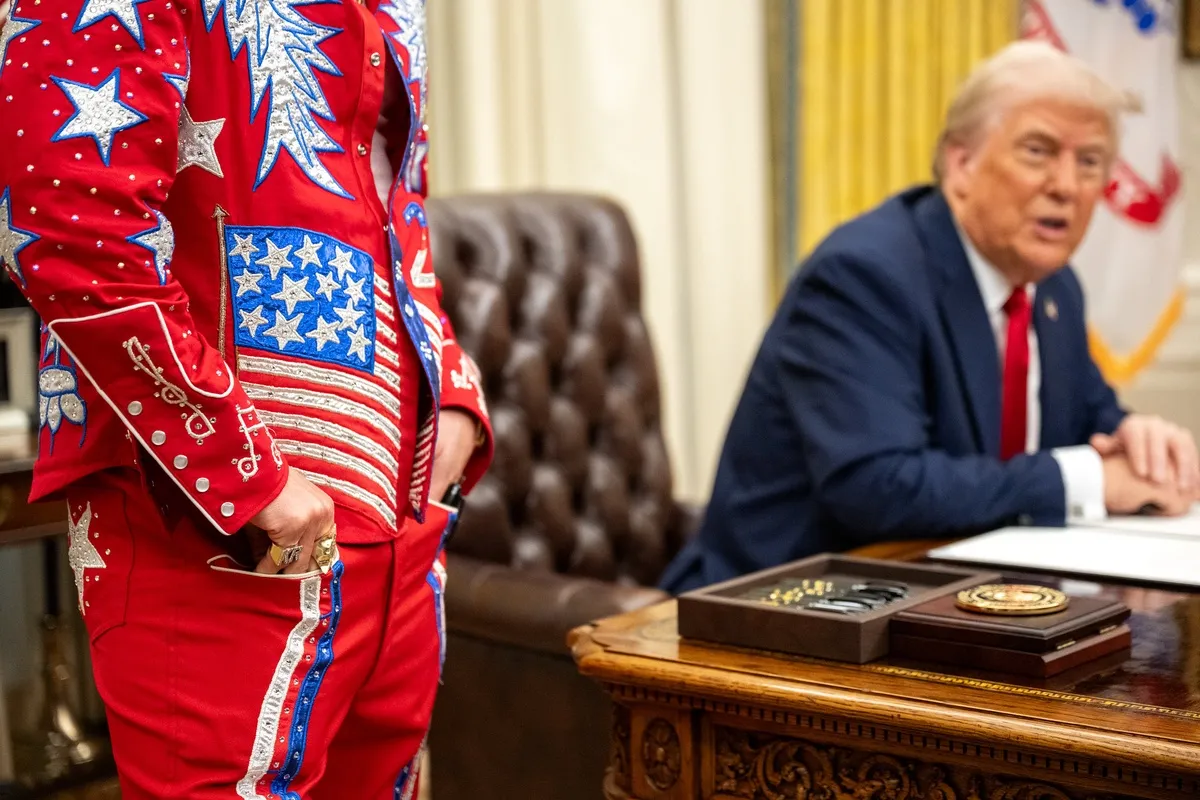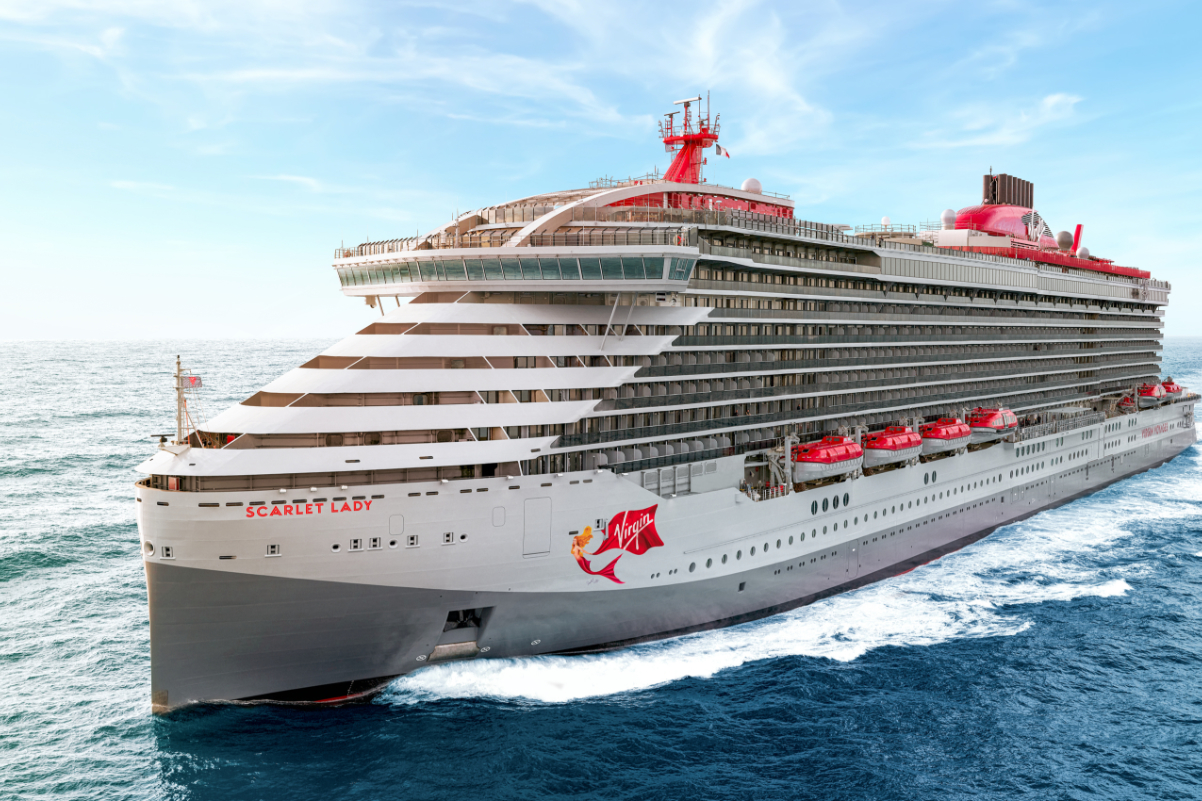Travel Sector Remains Thorn in a Falling U.S. Unemployment Rate Defying Expectations

Skift Take
The U.S. unemployment rate unexpectedly dropped to 13.3 percent in May, potentially signaling early signs of a labor recovery from the coronavirus pandemic. But the travel labor sector continues to see a catastrophic level of unemployment.
Employers added 2.5 million jobs in May, leading the unemployment rate to drop by 1.4 percent, according to a report released Friday by the U.S. Bureau of Labor Statistics. The positive signs of growth show some sectors may already be recovering from coronavirus shutdowns that dragged the U.S. economy beginning in the second half of March.
“These improvements in the labor market reflected a limited resumption of economic activity that had been curtailed in March and April due to the coronavirus (Covid-19) pandemic and efforts to contain it,” the Labor Department said in a release. “In May, employment rose sharply in leisure and hospitality, construction, education and health services, and retail trade.”
Get the Latest on Coronavirus and the Travel Industry on Skift's Liveblog
Leisure and hospitality jobs increased by 1.2 million in May, following losses
of 7.5 million in April and 743,000 in March. But unemployment remains extremely high compared to 2019 levels.
May 2020's leisure and hospitality unemployment was nearly 36 percent, down from just over 39 percent in April. However, the unemployment rate for the sector was only 5 percent in May 2019.
“As with most people, I’m shocked and very happy just for the economy in general. We need a healthy economy to have a healthy industry,” American Hotel & Lodging Association CEO Chip Rogers said with respect to Friday’s jobs report. “It’s great news so many jobs were added back in hospitality and leisure. But as we continue to look at the overall picture, we’re still down many millions of jobs, and we’re still concerned by that.”
There was also question regarding how the Labor Department classified the unemployment rate for May, especially in light of so many companies furloughing staff in lieu of an actual layoff. Had these employees — who are technically still on the payroll despite not receiving their salaries — been classified as unemployed, the unemployment rate would have been three points higher, the Labor Department noted in its release.
It will still likely be a while before the travel sector says it is in a recovery. The leaders of companies and organizations like Marriott and the American Hotel & Lodging Association have repeatedly said the pandemic is the worst thing to happen to the travel industry in recorded history, besting the 9/11 terrorist attacks and the 2008 financial crisis combined.
“It’s definitely premature to think that we’re back. At the end of the day, in our industry you have to have occupancy to create jobs. Occupancy rates don’t lie. They’re still in low 30s,” Rogers said. “Until we’re above 50 percent, you won’t see real job creation or retention.”
A report out this week from hotel labor management software company Hotel Effectiveness shows U.S. hotels ended May at 38 percent of their pre-coronavirus staffing levels. While an improvement from the 28 percent staffing level reported on April 19, it shows there is still a ways to go in the hotel industry’s labor recovery.
Hotel companies and industry groups like the AHLA continue to rally for additional aid and stimulus from Washington to get the industry back on its feet. With the Trump administration pointing to May’s job numbers as a sign the economy is already in a recovery, it could hinder negotiations for additional stimulus measures on top of the $2 trillion relief package passed in March.
Don’t get dissuaded by a performance pop, Rogers said. Pent-up leisure demand is fueling hotel employment right now, but summer won’t last forever. Until business and convention travel comes back, which may not be until a coronavirus vaccine is readily available, there will be a need for additional stimulus.
“Those remain fundamental concerns that need to be fixed. What I’d hate to see is a camel recovery, where we go up with a leisure boom but back down in the fall,” Rogers said. “Our message to Congress is we’re still at around 30 percent occupancy, which is devastating for the industry and a sign we still need help to survive.”




